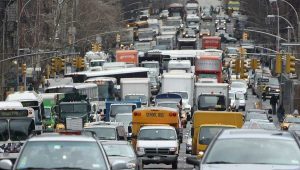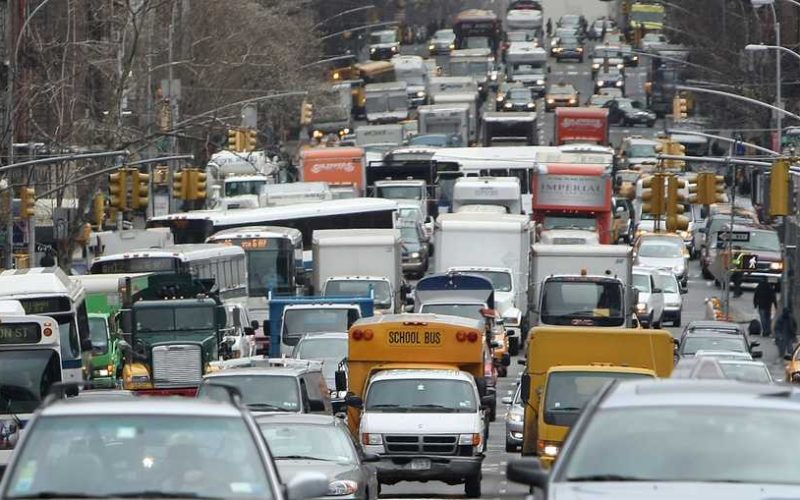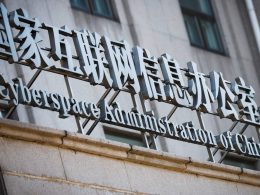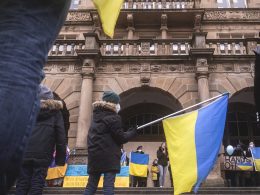New York City’s congestion pricing scheme, aimed at reducing traffic congestion and generating revenue for public transportation, has been indefinitely paused. This initiative, focused on Manhattan’s central business district, was set to be a landmark move in urban transportation policy in the United States. However, its suspension has led to widespread debate and analysis. This article explores the background of the scheme, the reasons for its delay, potential impacts, and the broader implications for urban planning and transportation policy.
Background of the Congestion Pricing Scheme

The concept of congestion pricing involves charging vehicles entering certain high-traffic areas during peak hours to reduce congestion and encourage the use of public transportation. In 2019, New York State approved the first such plan in the U.S., targeting Manhattan below 60th Street. The scheme aimed to alleviate the city’s notorious traffic jams, reduce pollution, and fund the Metropolitan Transportation Authority (MTA) with the estimated $1 billion in annual revenue it was expected to generate.
Reasons for Indefinite Pause
Legal and Political Challenges
One of the primary reasons for the pause is the complex web of legal and political challenges. Various stakeholders, including local businesses, residents, and political figures, have expressed concerns about the economic impact and fairness of the pricing scheme. Legal actions from suburban counties and trucking associations have further complicated the process, arguing that the plan would disproportionately affect those who do not have alternative transportation options.
Economic Concerns
The economic impact of the COVID-19 pandemic has also played a significant role. With businesses struggling to recover and many offices still not fully operational, there is heightened concern about the additional financial burden that congestion pricing would place on businesses and commuters. The pandemic has also altered commuting patterns, with more people working from home, thereby complicating the prediction models used to justify the pricing scheme.
Technological and Logistical Hurdles
Implementing a congestion pricing scheme involves significant technological and logistical challenges. The installation of the necessary infrastructure, such as tolling gantries and monitoring systems, has been delayed. Additionally, ensuring that the system is fair and does not disproportionately affect certain demographics requires extensive planning and testing, which has also contributed to the pause.
Potential Impacts of the Pause
Environmental Impacts
The congestion pricing scheme was projected to significantly reduce vehicle emissions in Manhattan, contributing to better air quality and public health. The pause means these environmental benefits will be delayed, potentially exacerbating pollution levels in the short term.
Financial Implications for the MTA
The MTA was relying on the revenue from congestion pricing to fund crucial infrastructure projects and improvements in public transportation. The indefinite pause puts these projects at risk, potentially leading to deteriorating service quality and delays in modernization efforts.
Traffic Congestion
Without the congestion pricing scheme, Manhattan is likely to continue experiencing severe traffic congestion. This not only affects the quality of life for residents and commuters but also has economic implications, as time lost in traffic translates to lost productivity.
Broader Implications for Urban Planning
Policy Precedents
New York City’s experience with congestion pricing is being closely watched by other major cities in the United States and around the world. The pause raises questions about the feasibility and public acceptance of similar schemes elsewhere. It highlights the importance of thorough planning, stakeholder engagement, and flexibility in policy implementation.
Public Transportation and Equity
The debate around congestion pricing also brings to light issues of equity in urban transportation policy. Ensuring that public transportation remains accessible and affordable for all demographics is crucial. The pause provides an opportunity to reevaluate and enhance these aspects before moving forward.
Analysis Table
| Aspect | Details |
|---|---|
| Initial Goals | Reduce traffic congestion, generate revenue for MTA, improve air quality |
| Revenue Projection | Estimated $1 billion annually |
| Main Challenges | Legal issues, economic concerns, technological and logistical hurdles |
| Current Status | Indefinitely paused |
| Environmental Impact | Delay in reducing vehicle emissions and improving air quality |
| Financial Impact on MTA | Potential risk to funding for crucial infrastructure projects |
| Traffic Impact | Continued severe congestion affecting quality of life and economic productivity |
| Broader Implications | Questions about feasibility and acceptance of similar schemes, equity in public transportation |
Comparative Table
| Factor | Implemented Congestion Pricing (Hypothetical) | Indefinite Pause (Current Scenario) |
|---|---|---|
| Traffic Congestion | Significant reduction | Continued severe congestion |
| Air Quality | Improved | Potential deterioration |
| MTA Revenue | $1 billion annually | Risk to infrastructure funding |
| Economic Impact | Initial burden, long-term benefits | Short-term relief, long-term uncertainty |
| Legal Challenges | Resolved | Ongoing |
| Technological Setup | Completed | Delayed |
| Equity Considerations | Ongoing adjustments needed | Re-evaluation opportunity |
Conclusion
The indefinite pause on New York City’s Manhattan congestion pricing scheme underscores the complexities involved in implementing such a transformative policy. While the scheme promises significant long-term benefits in terms of reduced congestion, improved air quality, and substantial revenue for public transportation, the current pause reflects legitimate concerns that must be addressed.
Balancing economic, legal, and technological challenges while ensuring equitable access to public transportation is essential. The pause also offers a critical opportunity to reassess and refine the scheme, making it more resilient and inclusive. As other cities look to New York’s experience, the lessons learned here will be invaluable for shaping the future of urban transportation policy.
In conclusion, while the indefinite pause is a setback, it provides a necessary window for reflection and improvement, ultimately aiming to create a more sustainable and equitable urban environment












